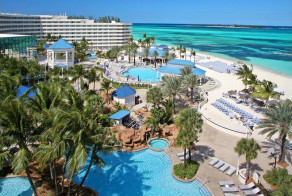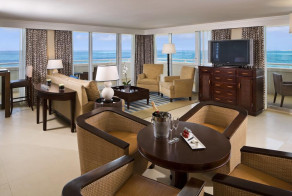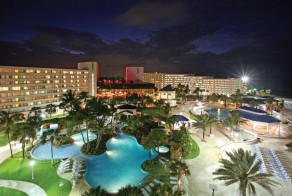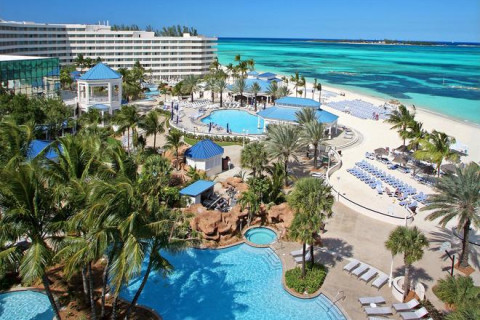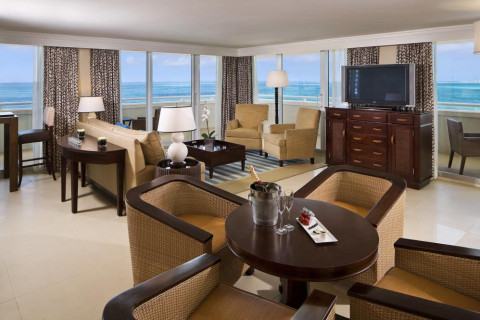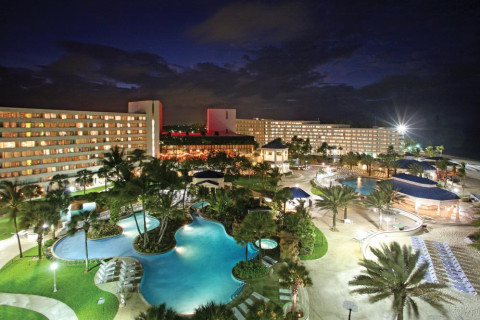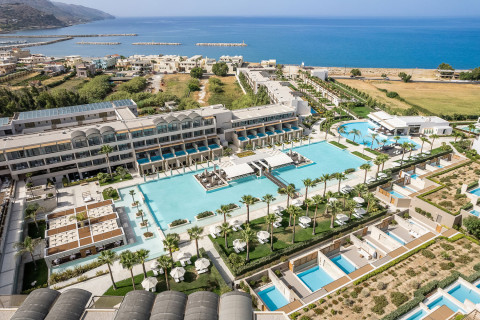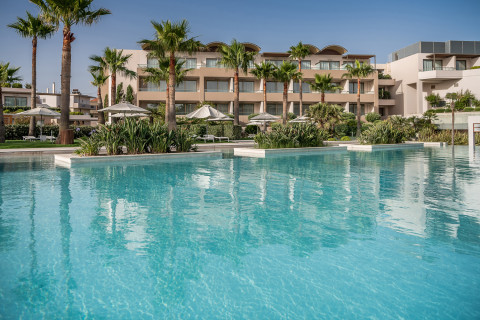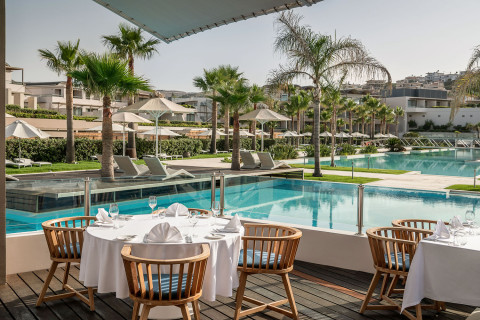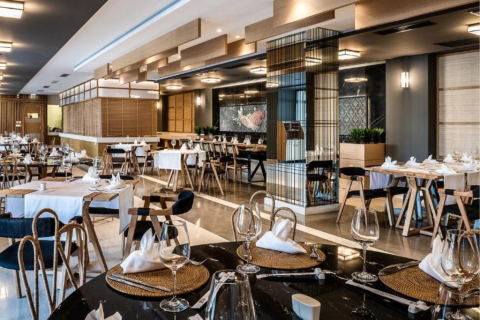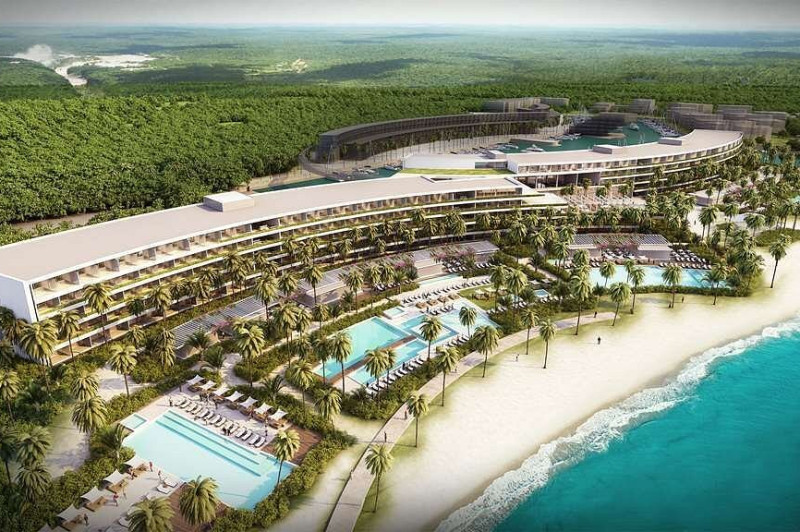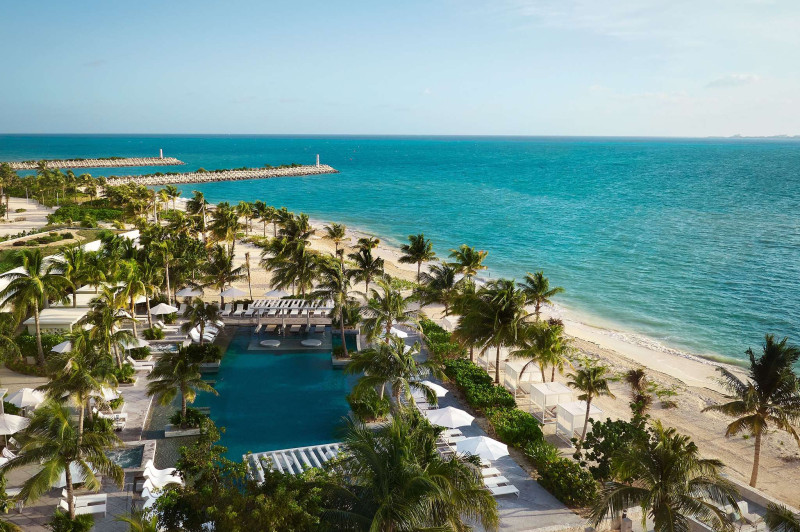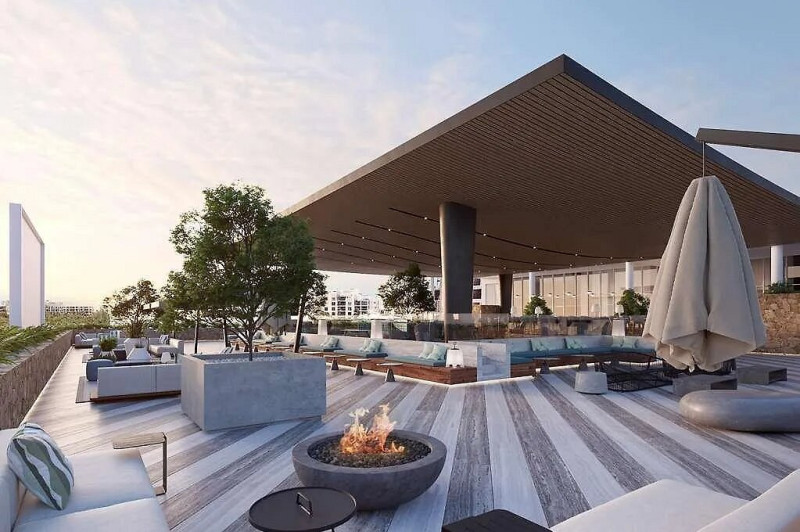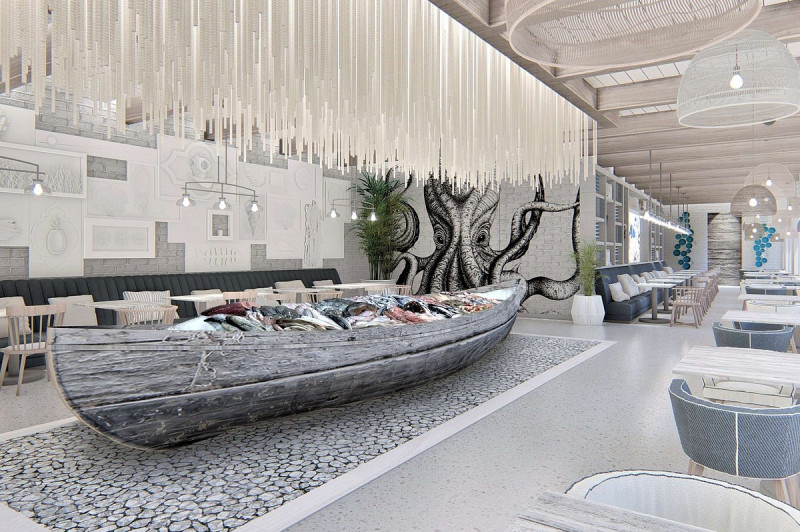- Home
- Past Conferences
- Targeting Therapy of Alzheimer’s & Related Neurodegenerative Diseases Conference
Targeting Therapy of Alzheimer’s & Related Neurodegenerative Diseases Conference
01 Jun - 04 Jun 2018
Nassau, Bahamas
-
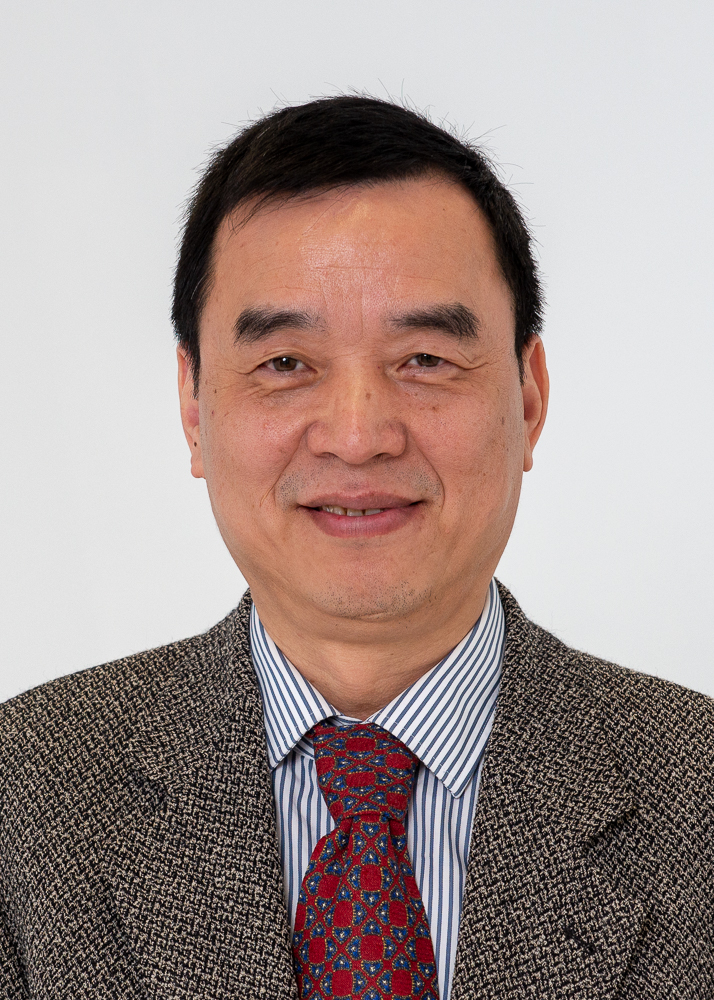
Riqiang Yan
University of Connecticut Health Center
-
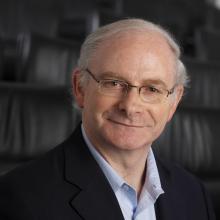
Peter St George-Hyslop
The Tanz Centre for Research in Neurodegenerative Diseases
Early Bird - Expired • Talk Submission - Expired • Poster Submission - Expired • Registration & Payment Deadline - Expired
Report
The first Fusion Conference on ‘Targeting Therapy of Alzheimer’s and Related Neurodegenerative Diseases’ was held in Nassau, Bahamas from 1st to 4th June, 2018. The conferenced attracted scientists from countries around the world such as; the USA, Canada, UK, Belgium, and Japan.
In the inaugural keynote lecture, Dr. David Holtzman from Washington University first presented a historical overview of apolipoprotein ApoE, the most well studied risk gene in association with the late onset of Alzheimer’s disease, and then discussed most recent discoveries on the role of ApoE in the control of tau aggregation. Dr. Li-Huei Tsai from Massachusetts Institute of Technology presented another plenary lecture on the topic of how microglia are activated in response to the challenge of neurodegeneration at the resolution of single cell levels and how LED lights, flicking at certain wavelength, activate microglia to engulf amyloid plaques. Both lectures received considerable attentions in the audience and discussions.
Almost all speakers in the conference presented outstanding lectures and discussed large portions of results that are not yet published. The programme had many standout talks across the four days. Dr. Yadong Huang from Gladstone Institute at UCSF investigated the effect of ApoE isoforms in IPSCs-derived neurons on synaptic dysfunctions and reported how to block ApoE4 toxicity through a chemical perturbation based on the difference of 3D structure of ApoE4 vs ApoE3. Dr. Mathew Blurton-Jones compared functional genomic datasets between iPSC-derived microglia from human and AD mouse models and identified unique signatures at different disease stages. Dr. Riqiang Yan from University of Connecticut health presented a not yet published finding that the C-terminal of CX3CL1 controls neurogenesis in the adult and increased expression of this fragment will reverse neuronal loss in a tau mouse model. Dr. Richard Mayeux from Columbia University discussed mutations of certain genes that are preferentially associated with certain racial groups. Ultra-rare mutations in SCRAP and FBXL7 are found to occur more frequently in the Caribbean Hispanic population while AKAP9 is a risk factor for the Africa American population. This study is important as it reveals race-dependent risky genes that are not easily seen in conventional genetic studies using whole genome populations. Dr. Philip L De Jager, another investigator from the Columbia University, presented large network dataset constructed from over four hundred individuals’ RNA seq results and identified gene modules unique to AD and related neuropathologies. One example is that upregulation of module 5 genes is associated with increased tau protein aggregation and accumulation, which correlates with declines in cognitive function. His data analyses also captured genes from activated microglia that are clustered in AD but less obvious in multiple sclerosis. Dr. Charles Glabe from UC Irvine discussed a captivating observation that amyloid plaques in one AD mouse model, 5xFAD model, evolve from intra neurons rather than the conventional thought of extra neuronal seeding theory. Chemical ablation of microglia will prevent formation of amyloid deposition. Dr. Sally Ishizaka, Director of the Immuno-Dementia Division at Eisai presented the strategy for human genetic-guided drug discovery for AD patients.
Two junior fellows, Drs. Cara Croft from University of Florida and Rita Cacace from University of Antwerp, also gave outstanding presentations. Cara reported the first in vitro 3D model for monitoring the progression of tau aggregation and fibrillary tangles while Rita discussed how chrosome 7q36 is associated with late onset of AD and revealed DPP6 is a candidate genes for AD, frontal temporal dementia based on their human and mouse genetic studies. Both talks won lengthy discussions from audience and their answers to these questions were satisfying and enlightening.
One of the most memorable components of the meeting was the active discussion after each presentation and during the refreshment breaks. There were many pressing questions and lengthy debates. One vehement argument, was even resolved through WWE-style fake fighting!
Many of the conference attendees not only contributed outstanding lectures but also recognized the need for a continuing conference in such a format. It was agreed by many that this conference has created a collegial format where attendees can have close interactions with each other and discuss the most important and updated scientific questions in the Alzheimer’s field. Holding this conference every two years is necessary as finding a cure for AD patients is so urgent and more efforts and funding resources are needed in order to enable this.
We would like to acknowledge the Conference sponsors and media partners; Eisai Ltd, Fusion Conferences, Alzheimer Disease & Associated Disorders and the Journal of Alzheimer's Disease. Without their support it would have been impossible to have held such a wonderful conference.
Conference Chairs Dr. Riqiang Yan and Dr. Peter St George-Hyslop, along with Plenary speaker Dr. Li-Huei Tsai, are currently deciding on a location and date for the second meeting. Once confirmed, all details will be released on this webpage and via Fusion Conferences’ social media.
A forthcoming meeting that may be of interest is the 2nd Neurogenesis Conference, being held from March 5th-8th 2019 in Nassau, Bahamas. Oral and poster submissions are currently being accepted.
Synopsis
Alzheimer’s disease (AD) is the most common age-dependent neurodegenerative disease, which affects over 5 million people in the US and over 35 million people worldwide. Currently, only four drugs are approved for alleviating symptoms in AD patients, and no new therapy has been approved for AD since 2003. Other related neurodegenerative diseases such as Parkinson’s disease (PD), Huntington’s disease (HD), and amyotrophic lateral sclerosis (ALS) are also age-dependent and lack effective therapies. Hence, finding cures for AD and other related neurodegenerative diseases is urgent and various approaches should be actively pursued. This planned conference intends to bring leading scientists and clinicians from all over the world to present their unpublished observations or findings to attendees and to share their vision or prospects on translational research. We expect that some presenters, either by talks or posters, will discuss our current state of knowledge in disease mechanisms, novel targets or approaches for identifying new therapeutic targets, and biomarkers for diagnosis or treatment readouts. We will also invite speakers who are conducting later stages of drug discoveries, including presentations of clinical trial results. The talks and poster presentations will include the most updated therapeutic strategies, newly discovered therapeutic targets, and recent clinical developments at various stages in the area of Alzheimer’s and related neurodegenerative diseases.
Key topics of discussion will include:
1) BACE1 inhibitors and/or γ-secretase modulators for reducing amyloid deposition
2) active and passive vaccination for enhancing clearance of amyloid plaques
3) Vaccines for reducing tau pathology
4) Antisense approaches for AD, PD and ALS therapy
5) Neural stem cell approaches for neurodegeneration
6) Inflammatory modulators for neurodegeneration.
The significance of having this conference is to provide a unique forum for the research community focusing on translational studies geared towards therapies in AD and related neurodegenerative diseases to come together and to discuss the latest advances and the future challenges in the field. It will also facilitate interactions between junior scientists and leading investigators in a relatively small conference setting.
Student Offer
Take advantage of this fantastic opportunity for students! Register an academic at the earlybird rate of $1,823 and bring a student for only $850. Unfortunately, Postdocs are not eligible. Both registration packages include; accommodation for the 01, 02, 03 June 2018 (on a shared basis for students) and a 24hour all-inclusive food and beverage package for the conference period. Once registered, please contact Jack Peters (jack@fusion-conferences.com) to obtain a special registration link for your student.
Plenary Speakers
David Holtzman (Washington University)
Li-Huei Tsai (MIT)
Invited Speakers
Elizabeth M. Bradshaw (Center for translational & Computational Neuroimmunology Columbia University Medical Center)
Matt Blurton-Jones (University of California, Irvine)
Guy Brown (University of Cambridge)
Guojun Bu (Mayo Clinic)
Rita Cacace (University of Antwerp)
Damian Crowther (AstraZeneca)
Philip De Jager (Center for translational & Computational Neuroimmunology Columbia University Medical Center)
Charles Glabe (University of California, Irvine)
Yadong Huang (Gladstone Institute)
Sally Ishizaka (Eisai)
Orly Lazarov (University of Illinois at Chicago)
Yueming Li (Memorial Sloan Kettering Cancer Center)
Richard Mayeux (Taub Institute at Columbia University)
Jennifer Pocock (University College London)
Domenico Praticò (Temple University)
Nikolaos Robakis (Mount Sinai)
Gerard D. Schellenberg (University of Pennsylvania Perelman School of Medicine)
Sangram S. Sisodia (The University of Chicago)
Giulio Taglialatela (University of Texas Medical Branch)
Giuseppinna Tesco (Tufts University)
Taisuke Tomita (University of Tokyo)
Jeffery M. Vance (University of Miami)
Robert Vassar (Northwestern University)
Huaxi Xu (Sanford Burnham Prebys Medical Discovery Institute)
Gang Yu (UT Southwestern)
Xiongwei Zhu (Case Western Reserve University)
Confirmed Speakers
Chairs

Riqiang Yan
Professor, University of Connecticut Health Center

Peter St George-Hyslop
Director, The Tanz Centre for Research in Neurodegenerative Diseases
Plenary Speakers
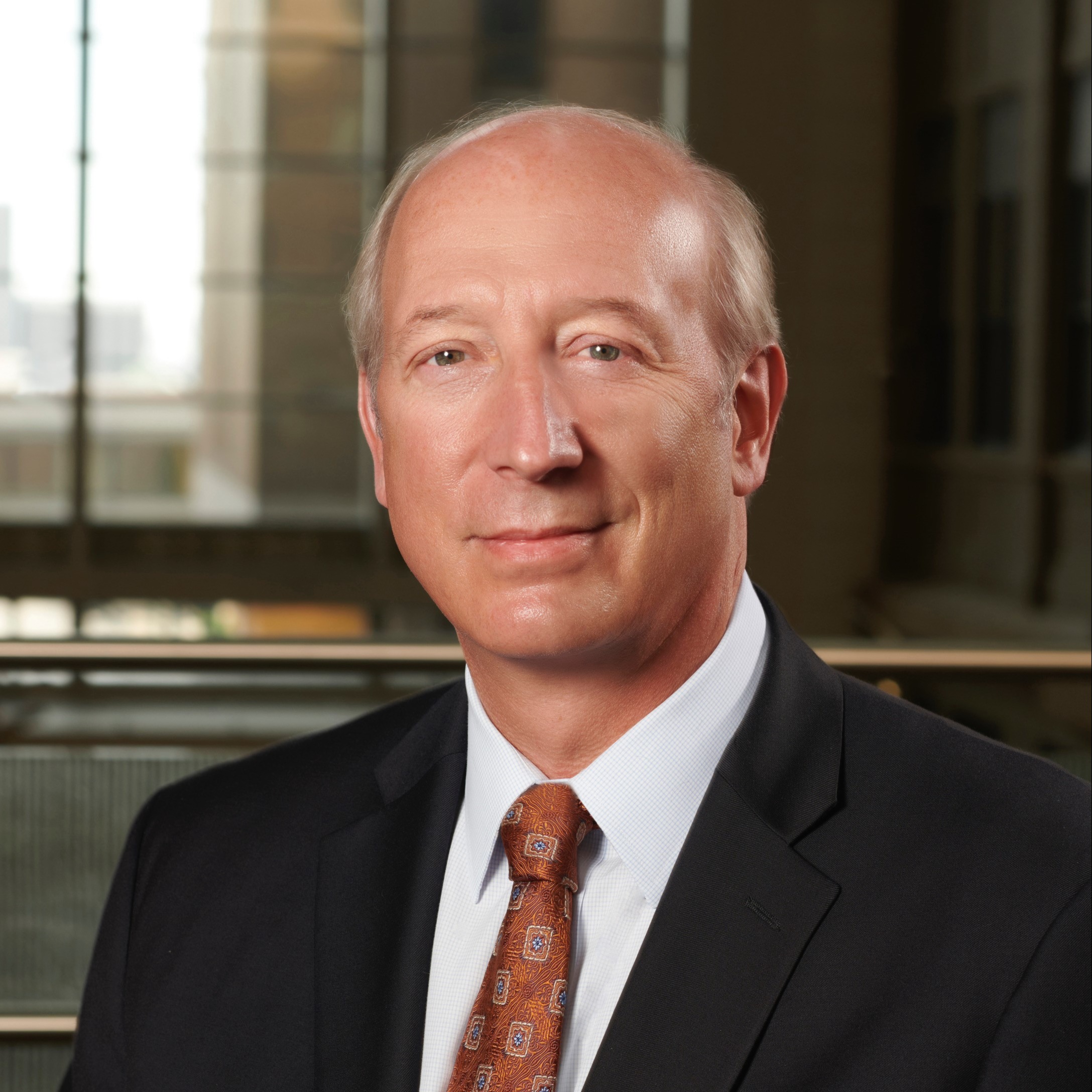
David Holtzman
Professor, Washington University in St. Louis
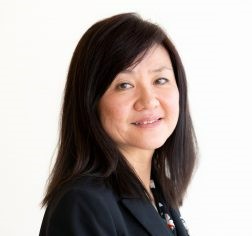
Li-Huei Tsai
Professor and Director, Picower Institute at MIT, MIT
Invited Speakers
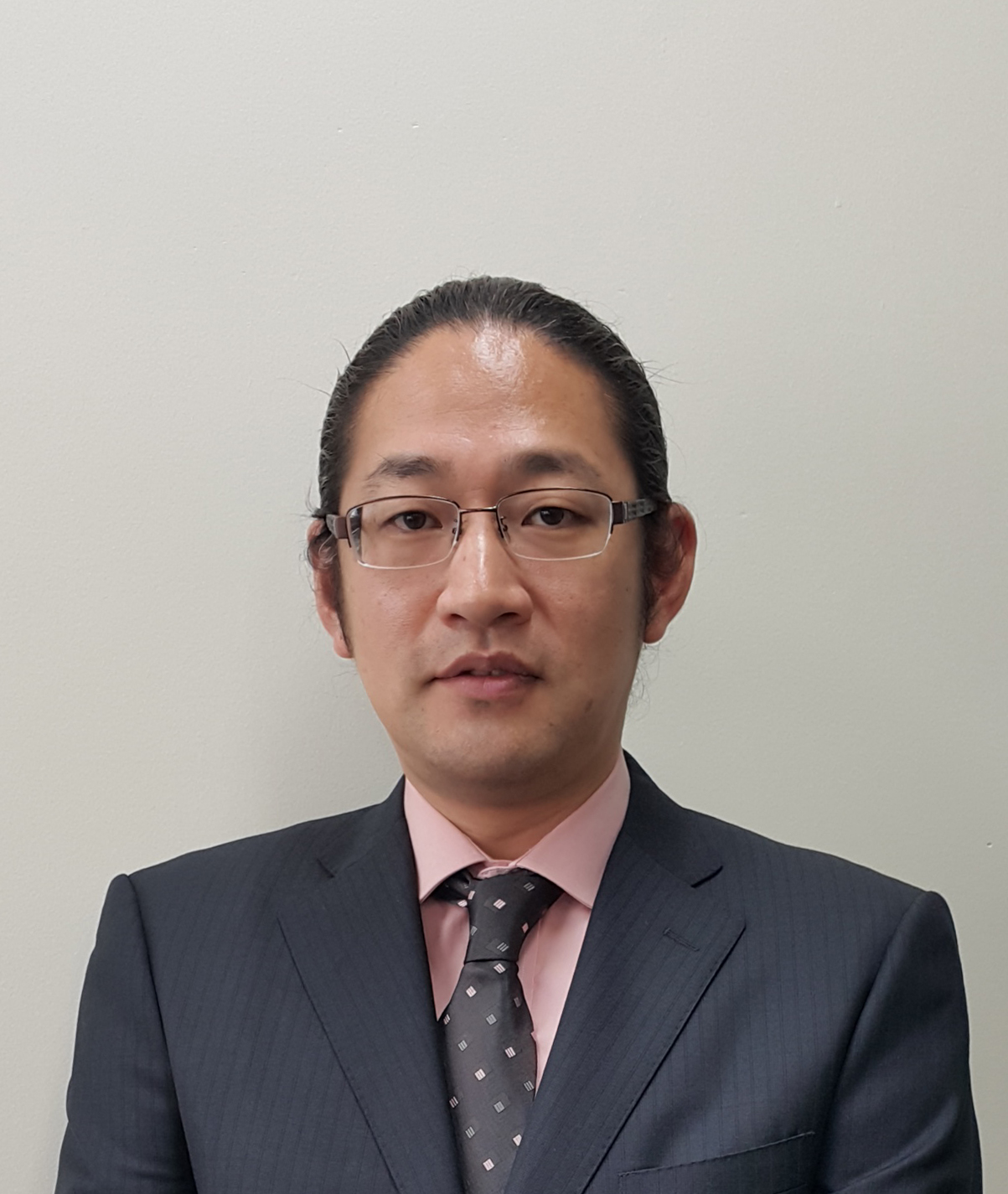
Taisuke Tomita
Professor, Graduate School of Pharmaceutical Sciences, The University of Tokyo
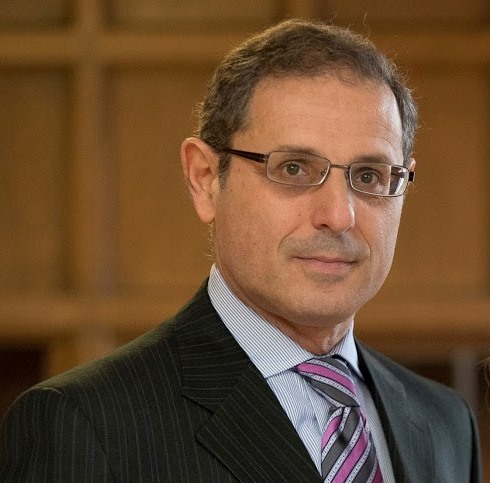
Domenico Pratico
Professor, Temple University
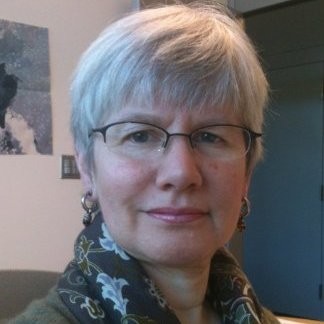
Sally Ishizaka
Director, Immuno-Dementia, Eisai Inc.
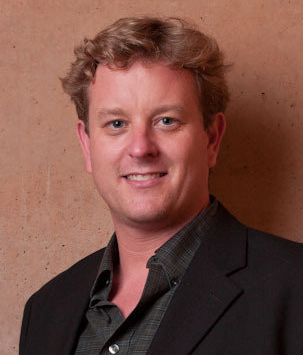
Mathew Blurton-Jones
Professor, University of California, Irvine
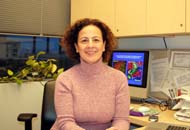
Orly Lazarov
Professor, The University of Illinois at Chicago
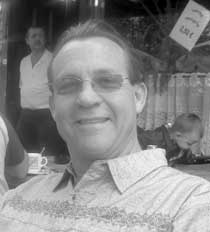
Charles Glabe
Professor, UC Irvine
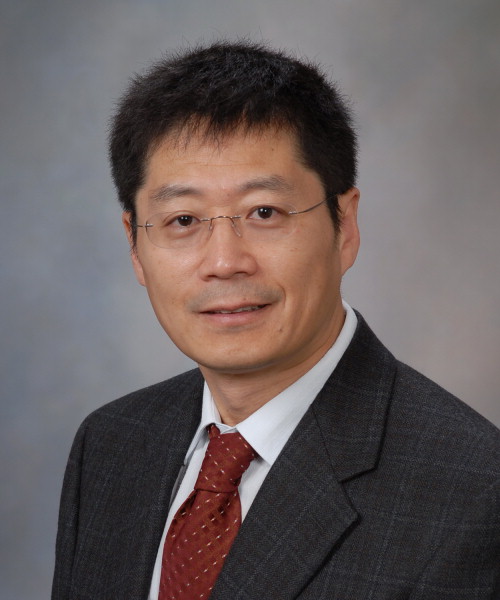
Guojun Bu
Professor, Mayo Clinic
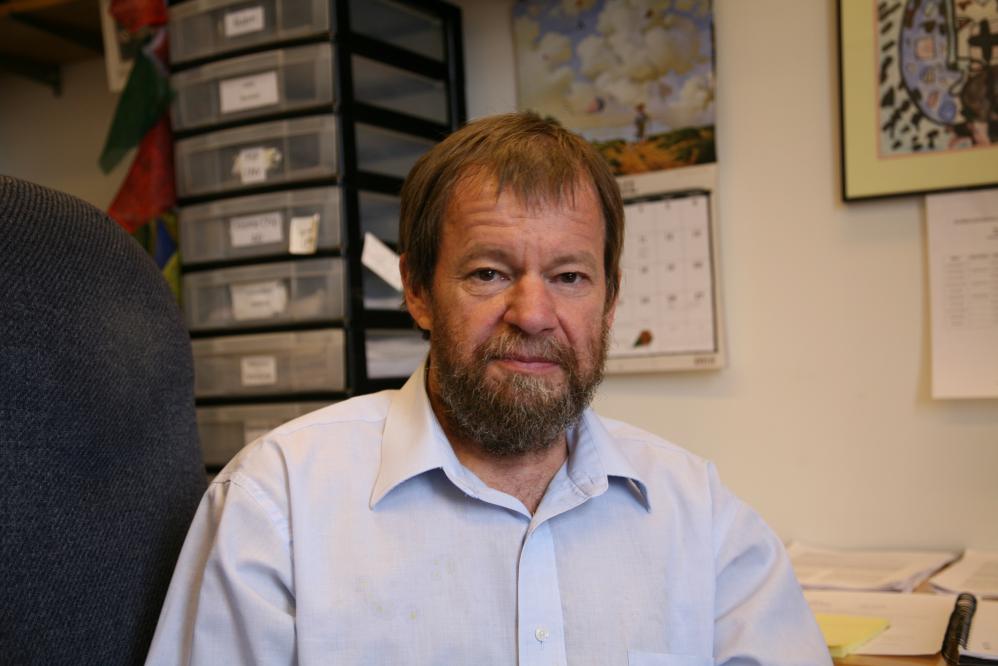
Gerard Schellenberg
Professor, Perelman School of Medicine, University of Pennsylvania
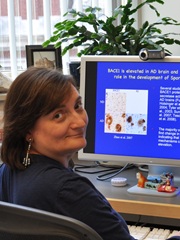
Giuseppina Tesco
Associate Professor, Tufts University
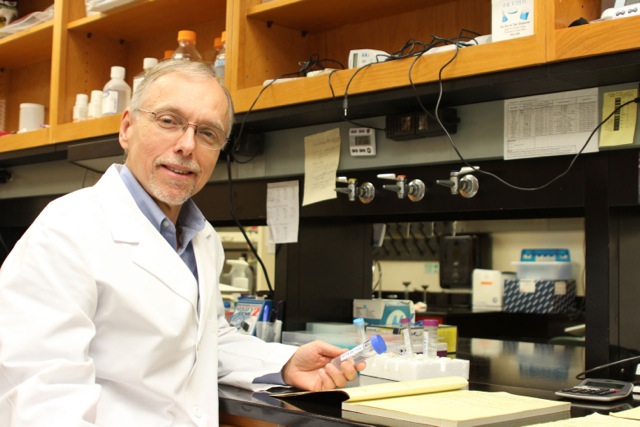
Robert Vassar
Professor, Northwestern University
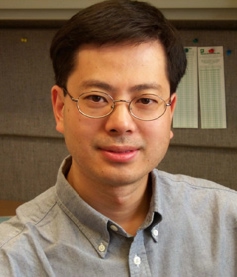
Gang YU
Professor, University of Texas Southwestern Medical Center
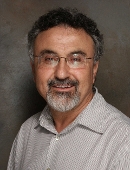
Nikolaos Robakis
Professor, Mount Sinai Medical Cemter
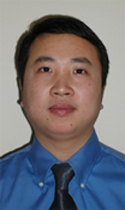
Xiongwei Zhu
Professor, Case Western Reserve University

Elizabeth Bradshaw
Assistant Professor, Center for translational & Computational Neuroimmunology Columbia University Medical Center
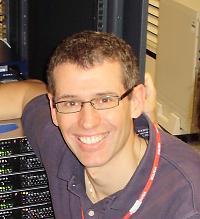
Damian Crowther
Director, R&D, Neuroscience, AstraZeneca IMED Biotech Unit
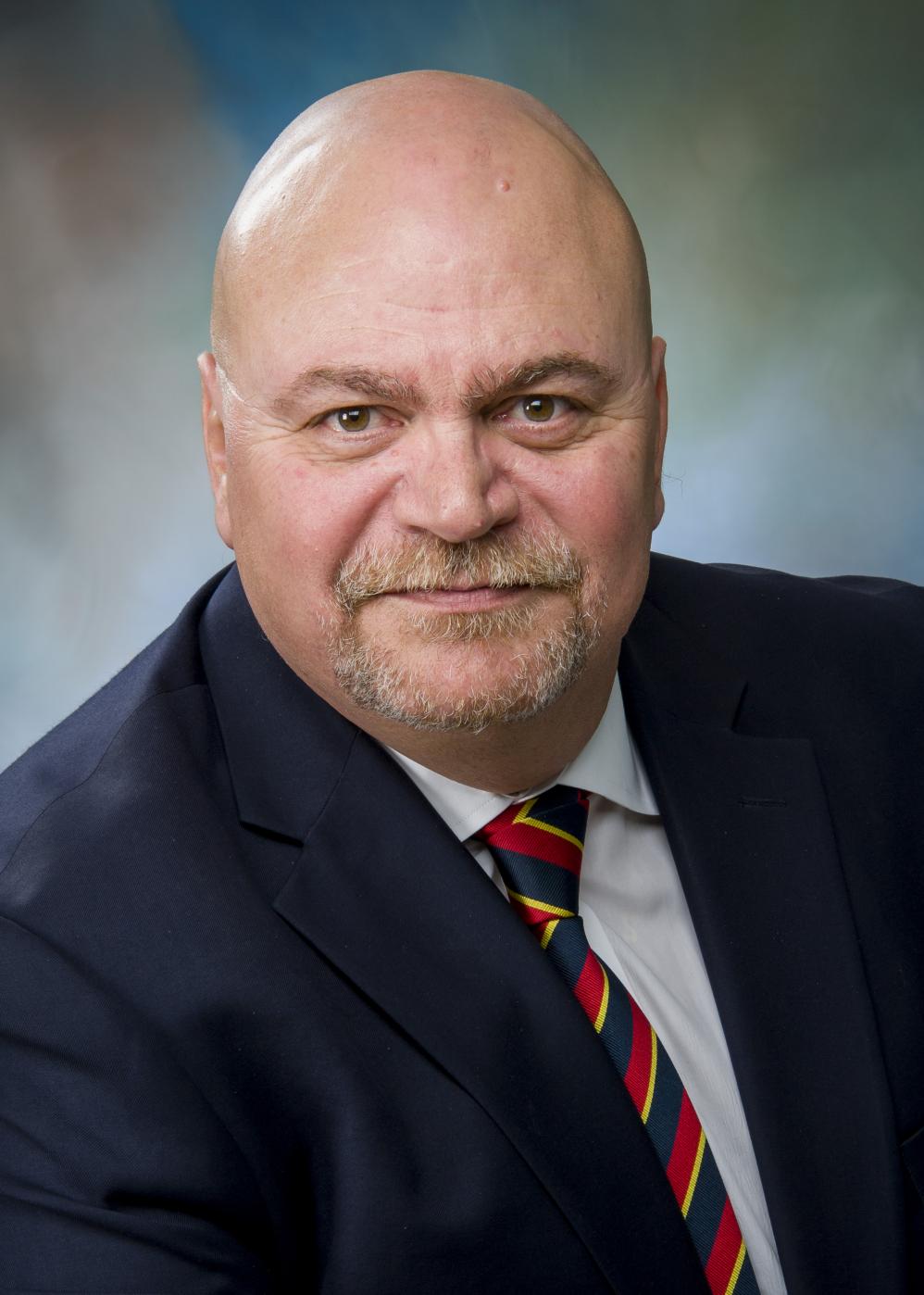
Giulio Taglialatela
Professor and Vice Chair, University of Texas Medical Branch
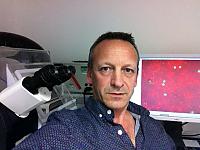
Guy Brown
Professor, University of Cambridge
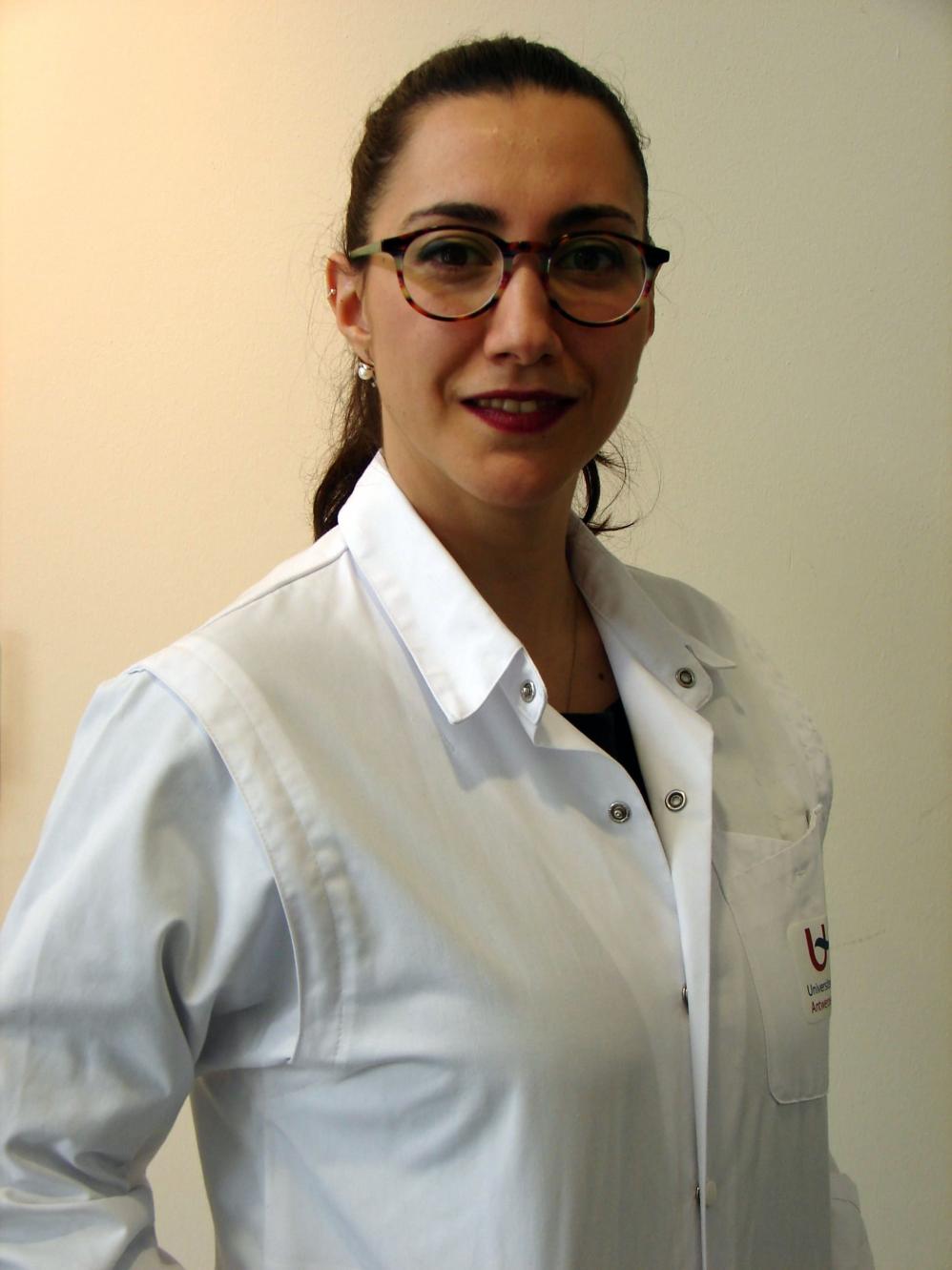
Rita Cacace
Postdoc, University of Antwerp
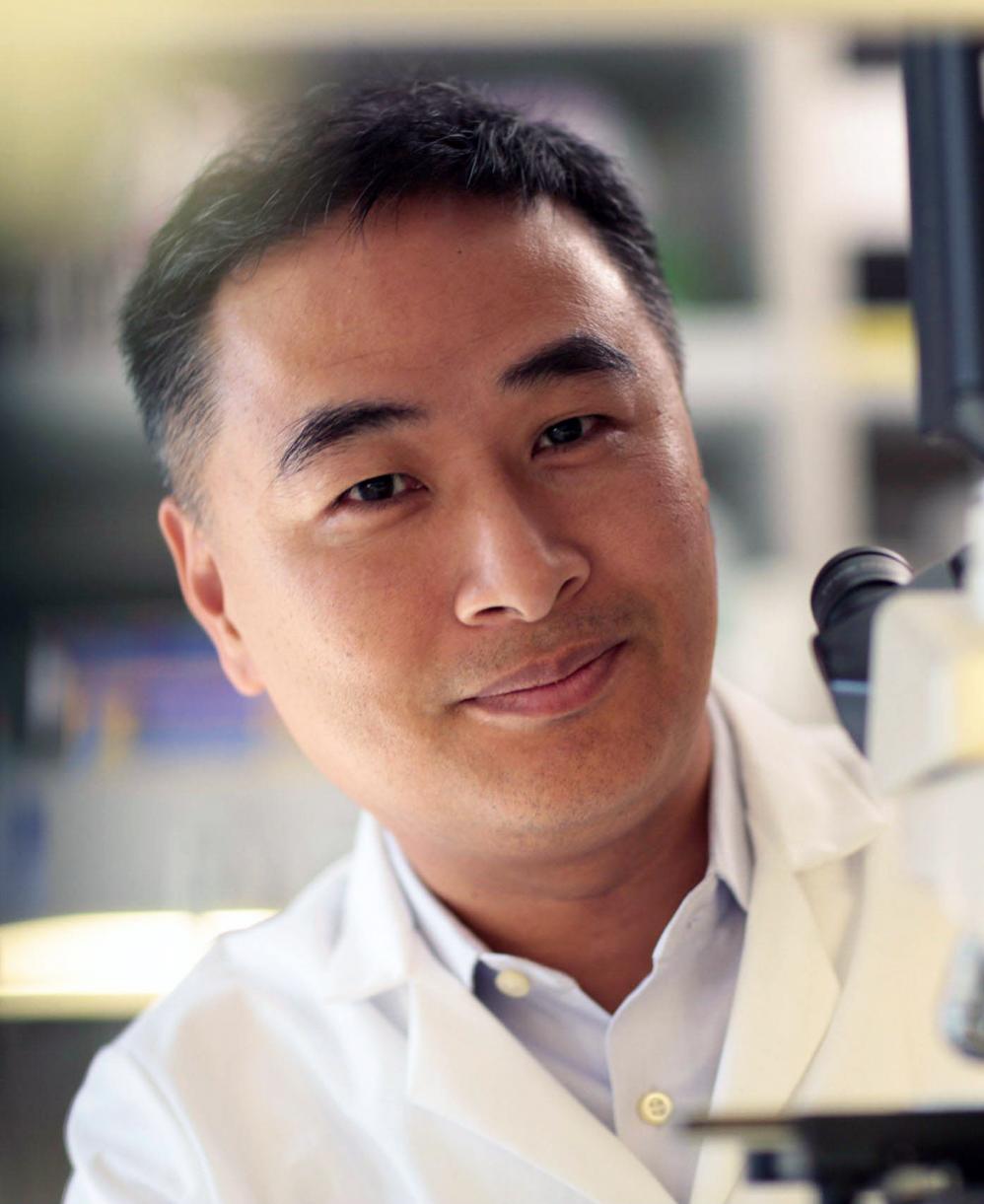
Huaxi Xu
Professor and Director of Neuroscience, Sanford Burnham Prebys Medical Discovery Institute
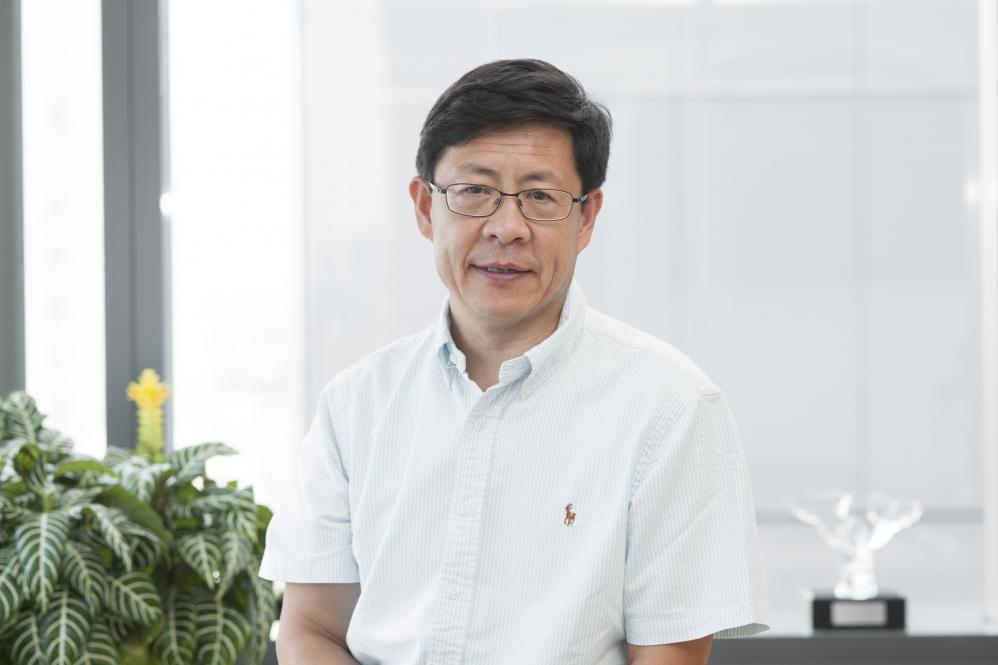
Yueming Li
Professor, Memorial Sloan Kettering Cancer Center
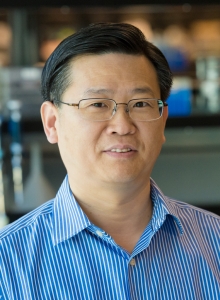
Yadong Huang
Senior Investigator/Professor, Gladstone Institutes/UCSF
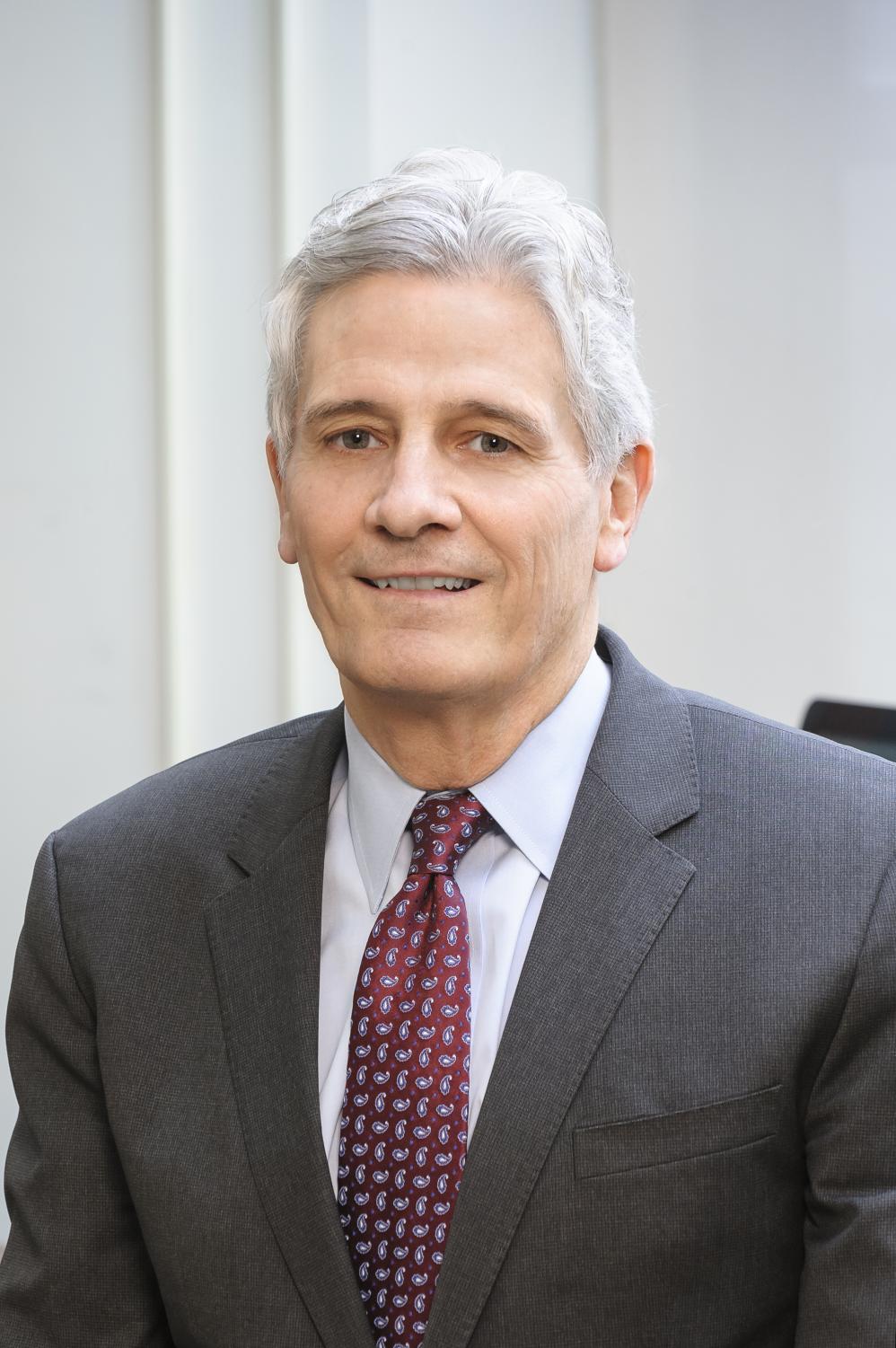
Richard Mayeux
Professor, Taub Institute at Columbia University

Jeff Vance
professor, University of Miami

Jennifer Pocock
Senior Lecturer, University College London Institute of Neurology
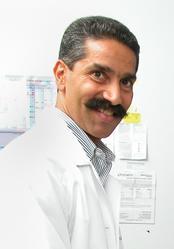
sangram sisodia
Professor of Neurosciences, university of chicago
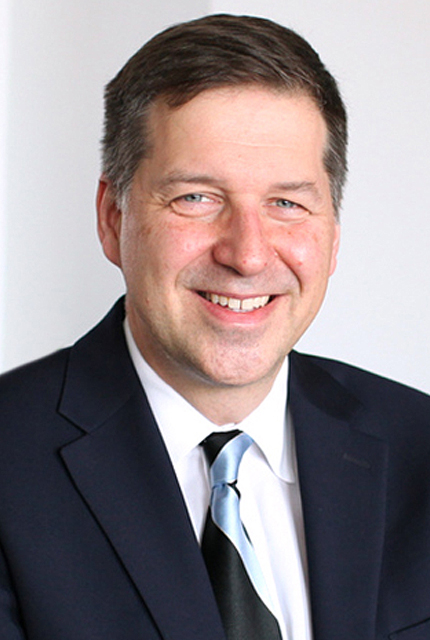
Philip De Jager
Professor of Neurology, Columbia University Medical Center
Programme
FRIDAY 1st JUNE 2018 |
||
|
14:00 – 14:45 |
Registration & Reception |
|
|
14:00 – 14:45 |
Group Welcome Lunch |
|
|
14:45 – 15:00 |
Opening Comments |
|
|
PERSPECTIVES OF AD PATHOGENESIS |
||
|
15:00 – 15:45 |
David Holtzman Washington University in St. Louis |
APOE: ROLE IN AMYLOID-β ACCUMULATION AND IN TAU-MEDIATED NEURODEGENERATION |
|
15:45 – 16:00 |
Zhengui Xia |
GENE-ENVIRONMENT INTERACTION BETWEEN LEAD AND APOLIPOPROTEIN E4 CAUSES COGNITIVE BEHAVIOR DEFICITS IN MICE |
|
16:00 – 16:30 |
Guojun Bu |
PATHOBIOLOGY AND THERAPEUTIC TARGETING OF APOE IN ALZHEIMER’S DISEASE |
|
16:30 – 17:00 |
Sangram Sisodia |
MODULATION OF AMYLOID DEPOSITION AND NEUROINFLAMMATION BY THE MICROBIOME |
|
17:00 – 17:30 |
Refreshments |
|
|
STEM CELLS IN AD |
||
|
17:30 – 18:00 |
Orly Lazarov |
THERAPEUTIC AND DIAGNOSTIC POTENTIAL OF CREB IN ALZHEIMER’S DISEASE |
|
18:00 – 18:30 |
Mathew Blurton-Jones |
USING iPSC-DERIVED MICROGLIA AND HUMANIZED MICE TO STUDY THE FUNCTIONAL GENOMICS OF ALZHEIMER'S DISEASE |
|
18:30 – 19:00 |
Yadong Huang |
ALZHEIMER'S DISEASE MODELING AND DRUG SCREENING USING HUMAN IPSCS |
|
19:00 – 19:30 |
Giulio Taglialatela |
NEURAL STEM CELLS PROMOTE SYNAPTIC RESILIENCE TO DAMAGING Ab AND TAU OLIGOMERS VIA EXOSOME DELIVERY OF SELECTED MIRNA CARGOES |
|
19:30 – 20:00 |
Riqiang Yan |
ENHANCING NEUROGENESIS TO REVERSE NEURONAL LOSS IN AD MOUSE MODELS |
|
20:00 |
Group Dinner |
|
SATURDAY 2nd JUNE 2018 |
||
|
07:00 – 08:30 |
Breakfast |
|
|
GENETICS AND EPIGENETICS OF AD |
||
|
08:30 – 09:00 |
Gerard Schellenberg |
GENETIC STUDIES OF ALZHEIMER'S DISEASE; IDENTIFICATION OF THERAPEUTIC TARGETS |
|
09:00 – 09:30 |
Jeffery Vance |
IDENTIFYING A PROTECTIVE FACTOR FOR APOE4 |
|
09:30 – 10:00 |
Richard Mayeux |
GENETIC AND GENOMIC CONTRIBUTIONS TO ALZHEIMER’S DISEASE FROM THE CARIBBEAN ISLANDS |
|
10:00 – 10:30 |
Rita Cacace |
EXPLORING THE MISSING GENETICS OF EARLY ONSET ALZHEIMER’S DISEASE: INSIGHTS FROM GENOMIC STUDIES IN AUTOSOMAL DOMINANT FAMILIES |
|
10:30 |
Group Photo & Refreshments |
|
|
10:45 – 16:15 |
Free Time |
|
|
12:30 – 15:00 |
Snorkel Trip (Signups required in advance) |
|
|
MOLECULAR MECHANISM OF AD PATHOGENESIS |
||
|
16:15 – 16:45 |
Peter St George-Hyslop |
PHYSIOLOGICAL AND PATHOLOGICAL PHASE SEPARATION OF FUS IS REGULATED BY METHYLATION OF COOPERATIVE CROSS-DOMAIN CATION-PI INTERACTIONS AND INTERACTION WITH TNPO1 |
|
16:45 – 17:15 |
Domenico Praticò |
THE LEUKOTRIENES PATHWAY AS A VIABLE THERAPEUTIC TARGET FOR TAUOPATHIES |
|
17:15 – 17:45 |
Charles Glabe |
PLX3397, A CSF1R/C-KIT INHIBITOR, ABLATES MICROGLIA AND BLOCKS THE ACCUMULATION OF INTRANEURONAL AMYLOID AND NEURITIC PLAQUES IN 5XFAD MICE |
|
17:45 – 18:15 |
Refreshments |
|
|
18:15 – 18:30 |
Cara Croft |
rAAV-MEDIATED BRAIN SLICE CULTURE MODELS TO DEVELOP TAU-BASED THERAPEUTICS |
|
18:30 – 19:00 |
Sally Ishizaka |
IMMUNO-DEMENTIA: HUMAN GENETICS-GUIDED DRUG DISCOVERY IN ALZEIMER'S DISEASE |
|
19:00 – 19:30 |
Taisuke Tomita |
NOVEL STRATEGIES FOR FACILITATION OF AMYLOID CLEARANCE IN THE BRAIN |
|
19:30 |
Group Dinner |
|
|
SUNDAY 3rd JUNE 2018 |
||
|
07:00 – 08:30 |
Breakfast |
|
|
NEURO-INFLAMMATION IN AD |
||
|
08:30 – 09:15 |
Li-Huei Tsai |
DECIPHERING THE IMMUNE RESPONSE OF MICROGLIA IN NEURODEGENERATION USING SINGLE-CELL RNA-SEQUENCING |
|
09:15 – 09:45 |
Guy Brown |
NEURODEGENERATION CAUSED BY MICROGLIAL PHAGOCYTOSIS OF NEURONS |
|
09:45 – 10:15 |
Elizabeth M. Bradshaw |
ARE CD33 SIALIC-ACID DEPENDENT BINDING PARTNERS THERAPEUTIC TARGETS FOR AD? |
|
10:15 – 10:45 |
Refreshments |
|
|
10:45 – 11:15 |
Damian Crowther |
TREM2 METABOLISM AT THE CELL SURFACE: OPTIONS FOR THERAPEUTIC MODULATION |
|
11:15 – 11:45 |
Jennifer Pocock |
TREM2 VARIANTS; RAMIFICATIONS FOR MICROGLIAL FUNCTION |
|
11:45 – 12:15 |
Philip L. De Jager |
POPULATION STRUCTURE OF HUMAN MICROGLIA: WHICH SUBSET OF MICROGLIA DO WE TARGET FOR TAU AND/OR AMYLOID PATHOLOGY? |
|
12:15 – 17:30 |
Lunch at Leisure & Free Time |
|
|
SECRETASES IN AD THERAPY |
||
|
17:30 – 18:00 |
Robert Vassar |
BACE1 AS A THERAPEUTIC TARGET FOR ALZHEIMER’S DISEASE |
|
18:00 – 18:15 |
Brati Das |
DELETION OF BACE1 IN ADULT AD MICE REVERSES AMYLOID DEPOSITION AND IMPROVES SYNAPTIC FUNCTION |
|
18:15 – 18:45 |
Giuseppina Tesco |
BACE1 UPS AND DOWNS: IMPLICATIONS FOR AD |
|
18:45 – 19:15 |
Yueming Li |
HYPOXIA AND GAMMA-SECRETASE |
|
19:45 |
*Gala Dinner* |
|
MONDAY 4th JUNE 2018 |
||
|
07:00 – 08:30 |
Breakfast |
|
|
NOVEL TARGETS IN AD THERAPY |
||
|
08:30 – 09:00 |
Huaxi Xu |
NOVEL ROLES FOR ALZHEIMER’S RISK GENE SORLA IN NEUROPROTECTION |
|
09:00 – 09:30 |
Nikolaos Robakis |
PS1-REGULATED NEUROPROTECTIVE NMDAR COMPLEXES ARE INACTIVATED BY FAD MUTANTS |
|
09:30 – 10:00 |
Gang Yu |
GAMMA-SECRETASE, GLIA/IMMUNE FUNCTION, AND ALZHEIMER’S DISEASE? |
|
10:00 – 10:30 |
Refreshments |
|
|
10:30 – 10:45 |
Ronald Davis |
SMALL MOLECULE PROBES TARGETING NEURONAL MITOCHONDRIAL DYNAMICS INCREASE ATP PRODUCTION, RESCUE OXIDATIVE STRESS AND AMYLOID BETA MEDIATED NEUROTOXICITY |
|
10:45 – 11:15 |
Xiongwei Zhu |
ABNORMAL MITOCHONDRIAL DYNAMICS AS A THERAPEUTIC TARGET OF ALZHEIMER DISEASE |
|
11:15 – 11:30 |
Closing Comments by Peter St. George-Hyslop and Riqiang Yan |
|
Supported by
Venue & Location
Melia Nassau Beach All Inclusive
Overlooking one of the finest beaches in the world the Meliá Nassau Beach is surrounded by crystal blue waters and white sandy beaches. Located on the stunning Cable Beach, you are just a few minutes walk from the center, shops and restaurants. The beautiful Nassau Botanical Gardens are within easy reach (7km) and Lynden Pindling International Airport is situated only 9km away.
Throughout your stay delegates will enjoy a full meal plan, inclusive of beverages. Take your pick from Cilantro where you can experience the natural textures, aromas and flavors of Mexico, Nikkei, celebrated for its exquisite fusion of Japanese, Cantonese and Peruvian cuisine featuring a sushi bar and Teppanyaki tables, Estavida, an upbeat tapas lounge located in the hotel lobby serving innovative tapas and a wide selection of cocktails, Aqua, an A la carte restaurant specializing in exquisite, rustic Italian cuisine, The Market Place, where you will find an International buffet serving an array of exquisite dishes, O'Grille, an open air restaurant with fabulous views of the sea and pool serving casual beach fare and light bites and finally The Black Angus, a steakhouse featuring hip, contemporary jazz and modern decor, offering guests the finest quality prime cuts and the freshest ingredients.(This restaurant is not included in the all inclusive package, additional charges apply). The Gala Night takes place on the third evening of the conference with a mouth-watering feast of local cuisine, an open bar and amazing local entertainment. We welcome all delegates and their accompanying persons to the Gala Night – a truly fun filled night not to be missed!
Hotel Facilities
- 24 hour reception
- Room service
- 3 heated outdoor pools
- Complimentary resort wide Wi-Fi (guest rooms, throughout hotel, beach and conference areas)
- 24-hour Fitness Center
- 7 dining venues
- 4 bars.
- non-motorised water sports
The Bahamas is formed by over 700 islands, keys and islets located in the Atlantic Ocean and renowned for its warm sunshine, mild climate, fine, white sandy beaches, turquoise, crystal clear water and friendly people, making this the perfect environment to relax and unwind in your free time during the conference.
General Information
Venue Rating
★ ★ ★ ★
Currency
US Dollar (USD)
Address
Nassau W Bay St. Nassau Bahamas
Nearest Airport
Lynden Pindling International Airport
Location
The Melia Nassau Beach All-Inclusive is located right on the stunning Cable Beach just a few minutes away from the airport and city center; Nearby in Downtown Nassau you can experience the flavours of new foods at local restaurants, shop 'til you drop at Straw market or take a trip through time at the Pirates Museum. The beautiful Nassau Botanical Gardens are close by and water enthusiasts can enjoy non-motorized water sports right on property.
Nassau is the capital of the Bahamas. It lies on the island of New Providence, with neighboring Paradise Island accessible via Nassau Harbor bridges. The city has a hilly landscape and is known for it's fabulous beaches as well as its offshore coral reefs, popular for diving and snorkeling. It retains many of its typical pastel-colored British colonial buildings, like the pink-hued Government House.
Gallery
View on FlickrConference History
If you are interested in this meeting but not yet ready to register, you can sign up for updates here and our team will keep you updated regarding deadline reminders and grant opportunities relating to this meeting only.
If you're interested in sponsoring this conference please contact us.
Conference Manager
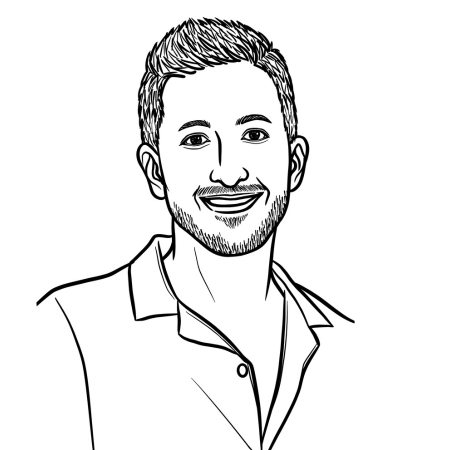
Jack Peters
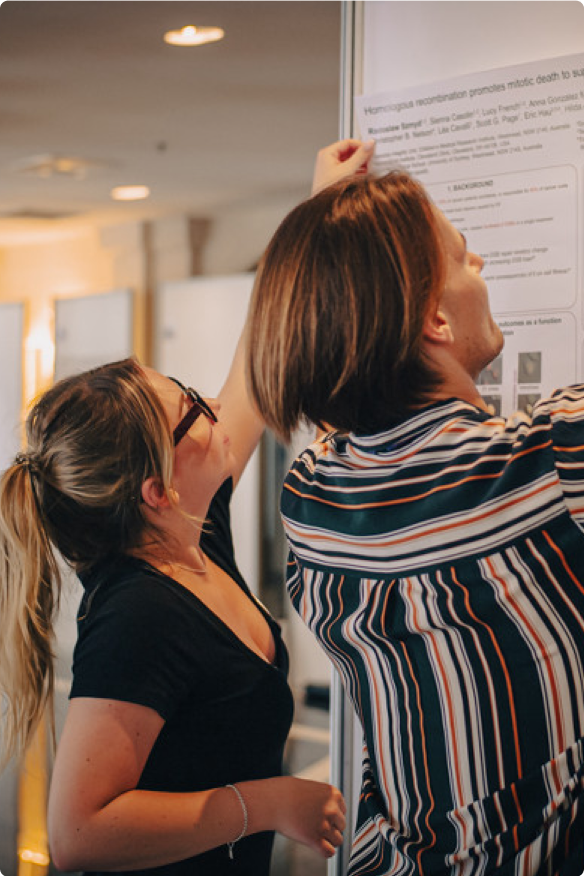
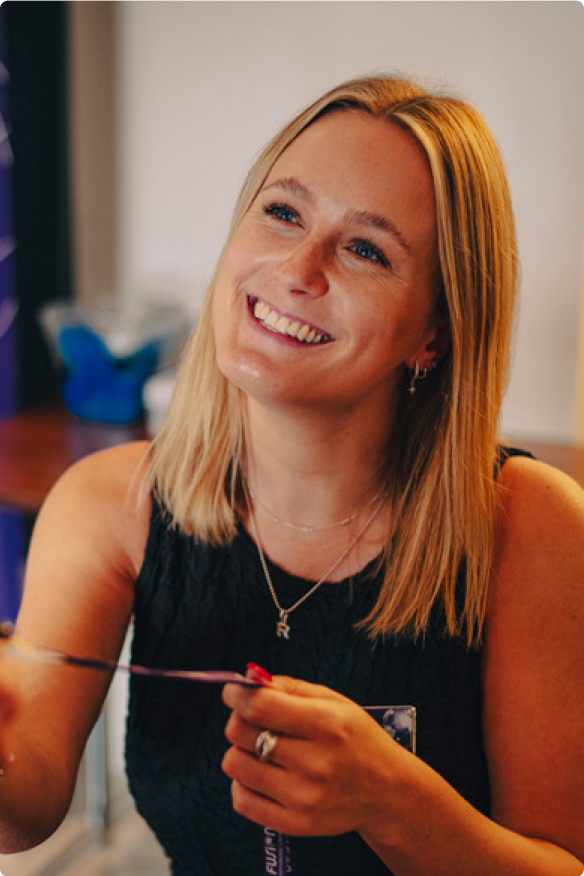
Need some help? Chat to the Fusion team today
As a family run business, our dedication runs deep. We’re committed to each other and, even more so, to every attendee’s experience, delivering a level of care and passion that’s truly unmatched.
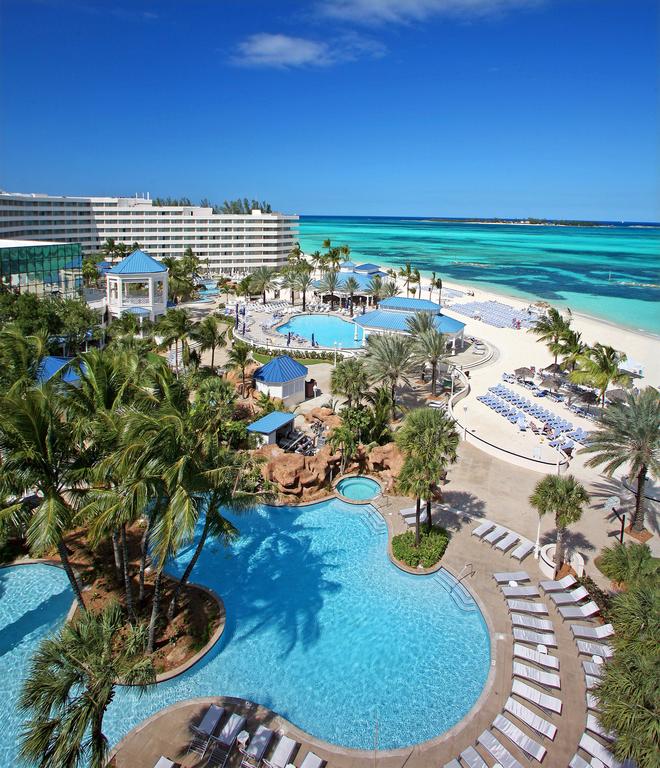
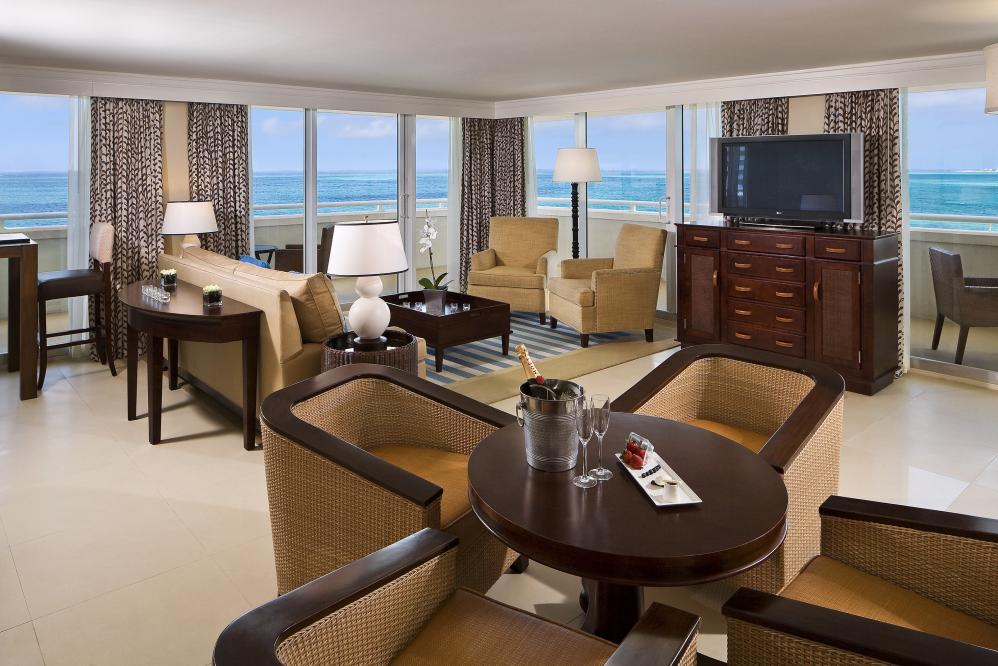
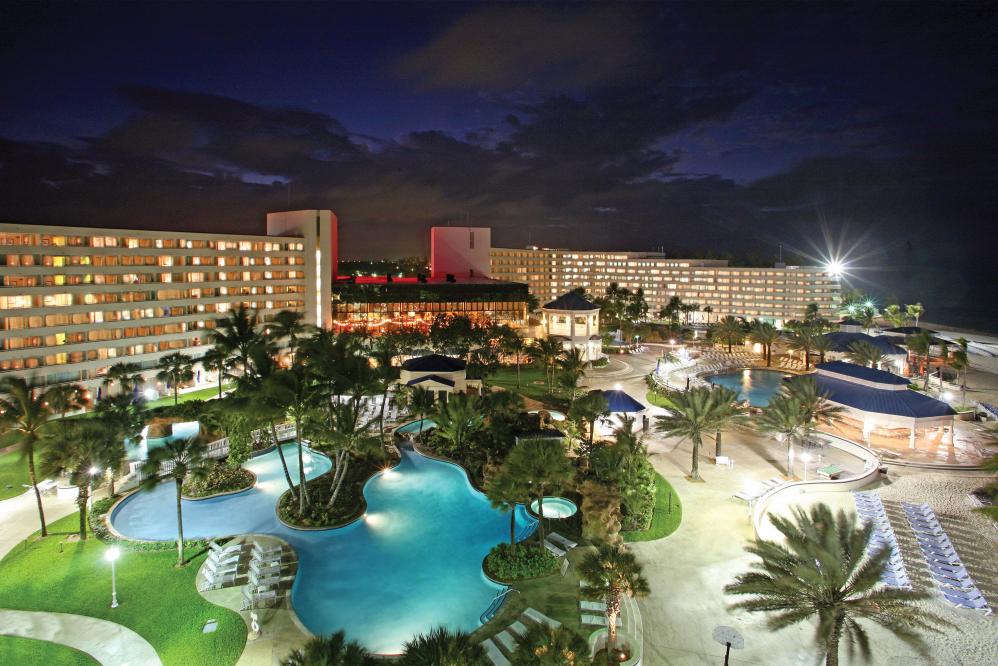

.jpg)


